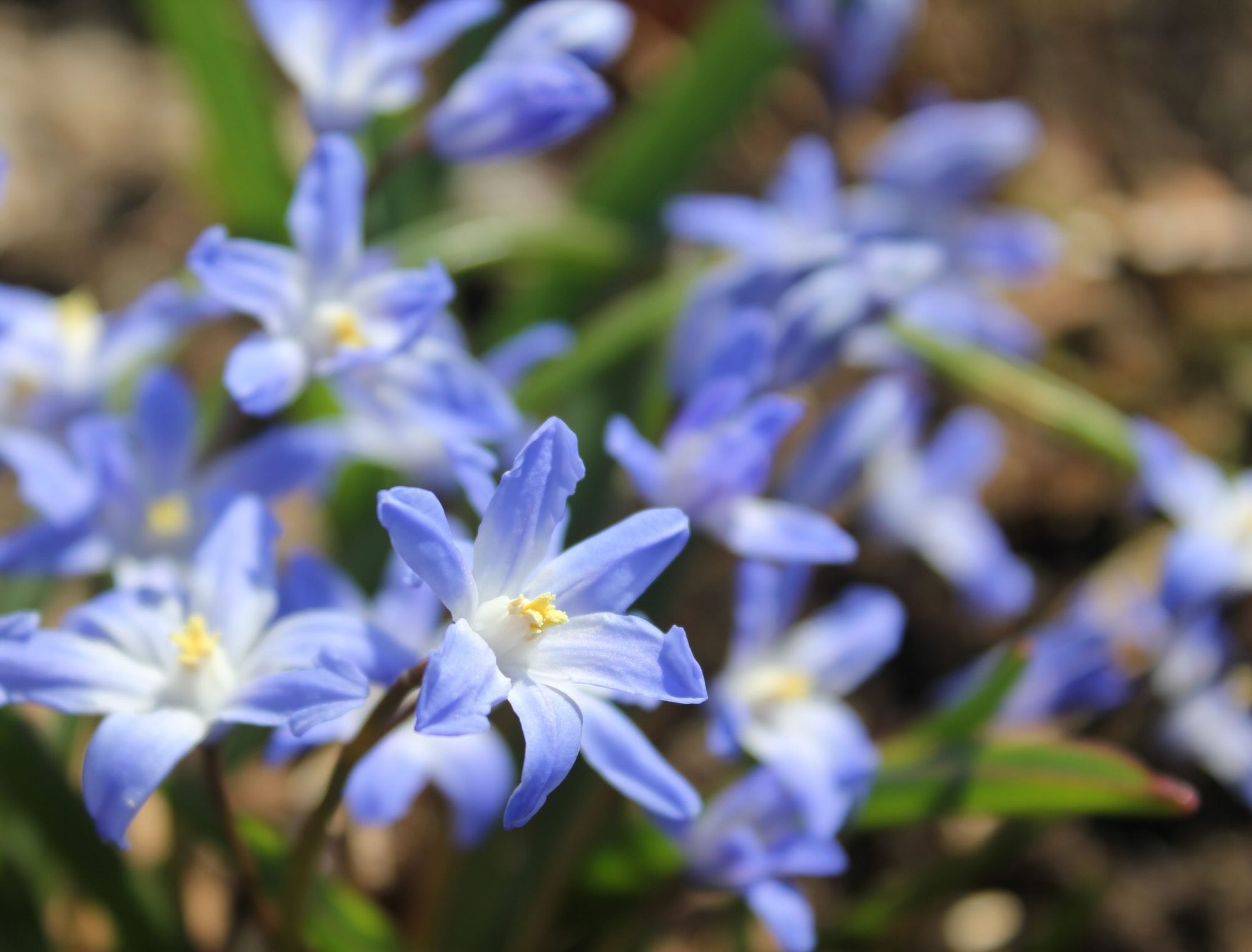
Chionodoxa, also known as Glory-of-the-Snow, is a delightful spring flower that brings a burst of color to gardens just as winter fades. Originating from the mountains of Turkey, Crete, and Cyprus, these hardy blooms thrive in cold climates and can even peek through the last remnants of snow. Chionodoxa flowers are typically blue, but you can also find varieties in pink and white. They grow in clusters, creating a stunning carpet effect when planted en masse. These flowers are not just pretty; they are also low-maintenance and deer-resistant, making them a favorite among gardeners. Whether you're a seasoned horticulturist or a beginner, Chionodoxa is a perfect choice to brighten up your garden.
What is Chionodoxa?
Chionodoxa, also known as Glory-of-the-Snow, is a small but stunning flower that blooms early in spring. These flowers are native to the mountains of Turkey, Cyprus, and Crete. Let's dive into some fascinating facts about this beautiful plant.
-
Chionodoxa belongs to the Asparagaceae family, which also includes asparagus and hyacinths.
-
The name "Chionodoxa" comes from the Greek words "chion" meaning snow and "doxa" meaning glory.
-
These flowers are among the first to bloom in spring, often peeking through the last remnants of snow.
-
Chionodoxa flowers are typically blue, but some varieties can be white or pink.
-
The plant grows from a bulb, which stores nutrients to help it survive harsh conditions.
Growth and Habitat
Understanding where and how Chionodoxa grows can help gardeners cultivate these beauties in their own yards.
-
Chionodoxa thrives in well-drained soil and prefers full sun to partial shade.
-
These flowers are hardy in USDA zones 3-8, making them suitable for a wide range of climates.
-
They are often found in alpine meadows and rocky slopes in their native habitats.
-
Chionodoxa can naturalize in gardens, meaning they can spread and come back year after year without replanting.
-
The bulbs should be planted in the fall, about 3 inches deep and 3 inches apart.
Unique Characteristics
Chionodoxa has several unique features that set it apart from other spring flowers.
-
Each flower has six petals that are slightly reflexed, giving them a star-like appearance.
-
The flowers have a central white eye, which contrasts beautifully with the blue petals.
-
Chionodoxa is deer-resistant, making it a great choice for gardens in areas with high deer populations.
-
These flowers are also resistant to most pests and diseases.
-
Chionodoxa can be used as ground cover, creating a carpet of color in early spring.
Pollination and Reproduction
Pollination and reproduction are crucial for the survival of any plant species, and Chionodoxa is no exception.
-
Chionodoxa is pollinated by bees, which are attracted to its bright colors and sweet nectar.
-
The plant can also reproduce through bulb offsets, which are small bulbs that form around the parent bulb.
-
Seeds can be collected and sown, but it may take several years for them to mature into flowering plants.
-
Chionodoxa can cross-pollinate with other species in the Scilla genus, leading to interesting hybrids.
-
The flowers are self-compatible, meaning they can fertilize themselves if cross-pollination does not occur.
Cultural Significance
Chionodoxa holds a special place in various cultures and traditions.
-
In Turkey, Chionodoxa is often associated with the arrival of spring and new beginnings.
-
The flower is sometimes used in traditional Turkish medicine for its supposed healing properties.
-
Chionodoxa is a popular choice for springtime festivals and celebrations in many parts of Europe.
-
In Victorian flower language, Chionodoxa symbolizes hope and the promise of better days ahead.
-
The flower is often included in spring bouquets and floral arrangements due to its vibrant color and early bloom time.
Fun Facts
Here are some fun and quirky facts about Chionodoxa that you might not know.
-
Chionodoxa is sometimes called "Snow Glory" because it often blooms while snow is still on the ground.
-
The plant's bulbs are small, usually no larger than a marble.
-
Chionodoxa can be forced to bloom indoors by chilling the bulbs and then planting them in pots.
-
The flowers close at night and reopen in the morning, following the sun.
-
Chionodoxa is named after the Greek mythological figure Chione, the goddess of snow.
-
The plant's scientific name is Chionodoxa luciliae, named after Lucile Boissier, the wife of the botanist who discovered it.
-
Chionodoxa has been awarded the Royal Horticultural Society's Award of Garden Merit, a testament to its beauty and reliability.
The Magic of Chionodoxa
Chionodoxa, also known as Glory-of-the-Snow, is a small but mighty flower that brings a burst of color to early spring gardens. These resilient blooms thrive in various conditions, from full sun to partial shade, making them a versatile choice for gardeners. Their star-shaped flowers, typically blue with white centers, create a stunning visual effect when planted in clusters.
Beyond their beauty, Chionodoxa flowers are easy to grow and maintain. They naturalize well, spreading over time to create a carpet of color. This makes them perfect for rock gardens, borders, and even under trees where other plants might struggle.
Whether you're an experienced gardener or just starting, Chionodoxa offers a simple way to add vibrant color and life to your garden. Embrace the charm of these delightful flowers and enjoy the early spring magic they bring.
Was this page helpful?
Our commitment to delivering trustworthy and engaging content is at the heart of what we do. Each fact on our site is contributed by real users like you, bringing a wealth of diverse insights and information. To ensure the highest standards of accuracy and reliability, our dedicated editors meticulously review each submission. This process guarantees that the facts we share are not only fascinating but also credible. Trust in our commitment to quality and authenticity as you explore and learn with us.
